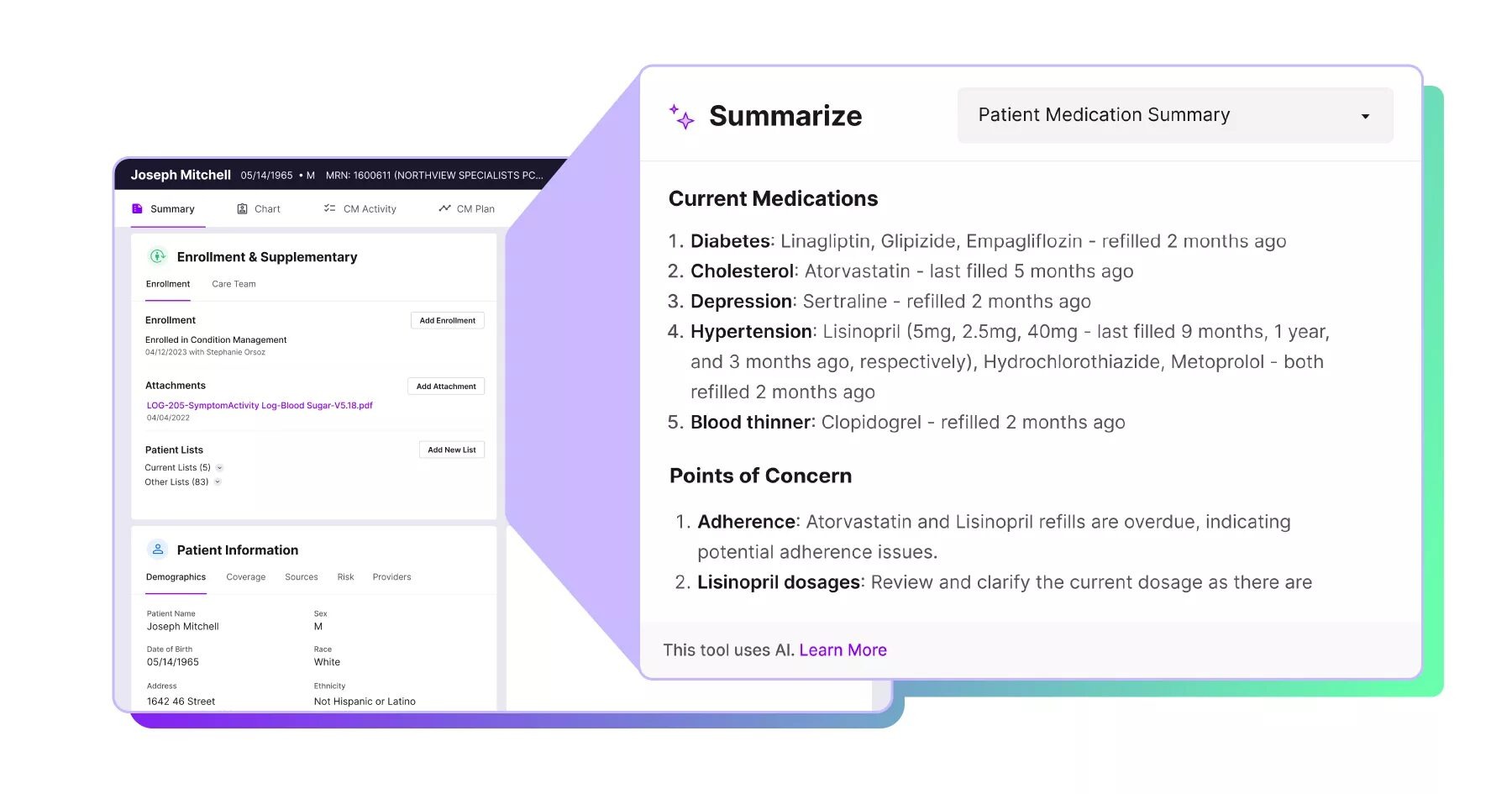
@ShahidNShah


The integration of generative AI in healthcare back-office tasks offers substantial benefits, addressing administrative burdens and enhancing operational efficiency. Akshay Sharma from Lyric emphasizes potential cost savings, while smaller firms like Bikham promote scalability through AI-driven automation. Larger clinical organizations, as noted by David Kereiakes, prioritize AI implementation in administrative functions due to risk concerns in clinical settings. Generative AI's ability to generate comprehensive documents aids in capturing critical insights from patient data, improving care plans. Dr. Rowland Illing highlights its transformative role in data processing, enabling complex tasks like summarization and reasoning. Joel Ray underscores AI's role in relieving frontline healthcare leaders of administrative burdens, fostering better staff engagement and retention.
Generative AI is revolutionizing healthcare by streamlining administrative tasks. Akshay Sharma underscores its potential to reduce healthcare costs, while Harman Dhawan emphasizes scalability. Despite clinical hype, David Kereiakes notes its predominant use in back-office functions due to risk concerns. Generative AI's ability to produce high-quality documents aids in capturing critical insights from patient data. Dr. Rowland Illing highlights its transformative role in data processing, enabling complex tasks. Joel Ray emphasizes AI's capacity to alleviate administrative burdens for frontline healthcare leaders, enhancing staff engagement and retention. Overall, generative AI promises significant efficiency gains in healthcare administration, with implications for cost reduction and improved patient care.
Continue reading at healthcareittoday.com
The article discusses five essential healthcare imaging techniques: MRI, CT scans, PET, SPECT, and ultrasound. It highlights their uses, benefits, and limitations. MRI offers detailed images without …
Connecting innovation decision makers to authoritative information, institutions, people and insights.
Medigy accurately delivers healthcare and technology information, news and insight from around the world.
Medigy surfaces the world's best crowdsourced health tech offerings with social interactions and peer reviews.
© 2025 Netspective Foundation, Inc. All Rights Reserved.
Built on Jul 1, 2025 at 1:20pm